Current
The Curious World of Seaweed
December 17th, 2025 through February 21st, 2026

Based on the book The Curious World of Seaweed by Josie Iselin, this exhibition examines seaweed's vital role in the ecosystem. Visit to learn about the history of seaweed in California through stunning “portraits” of seaweed, stories of Indigenous peoples' and women's connections to seaweed, and the ecology of the kelp forests of the Pacific Coast. From nori to giant kelp, from bull kelp to surfgrass and eelgrass, explore how these sophisticated marine plants keep our planet opulently rich in life.
The Curious World of Seaweed is a traveling exhibition from author and artist Josie Iselin in partnership with Exhibit Envoy. The exhibit is based on the book of the same name by Iselin (Heyday Books).
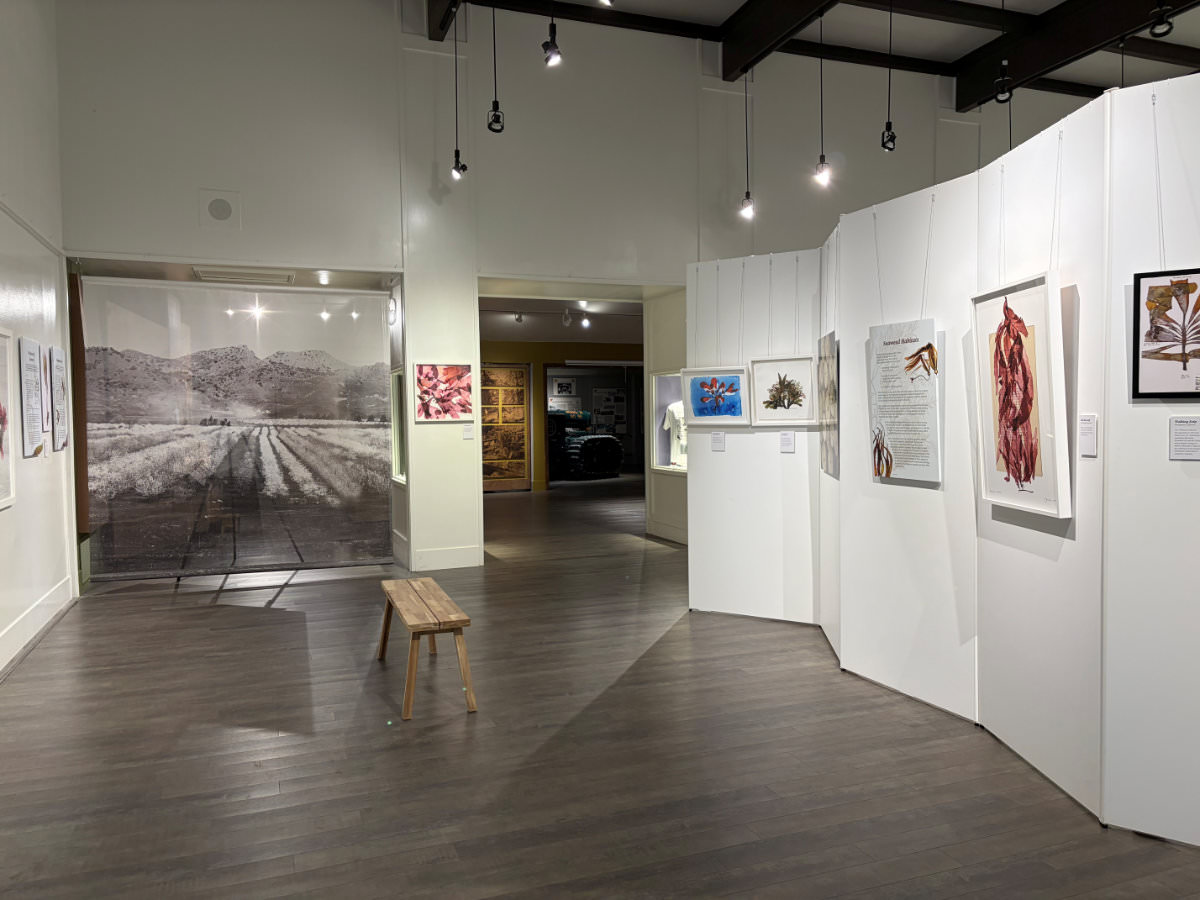


Click for more info
Upcoming
Check back for info on upcoming exhibits
Past
2025
Postcards from Mecca
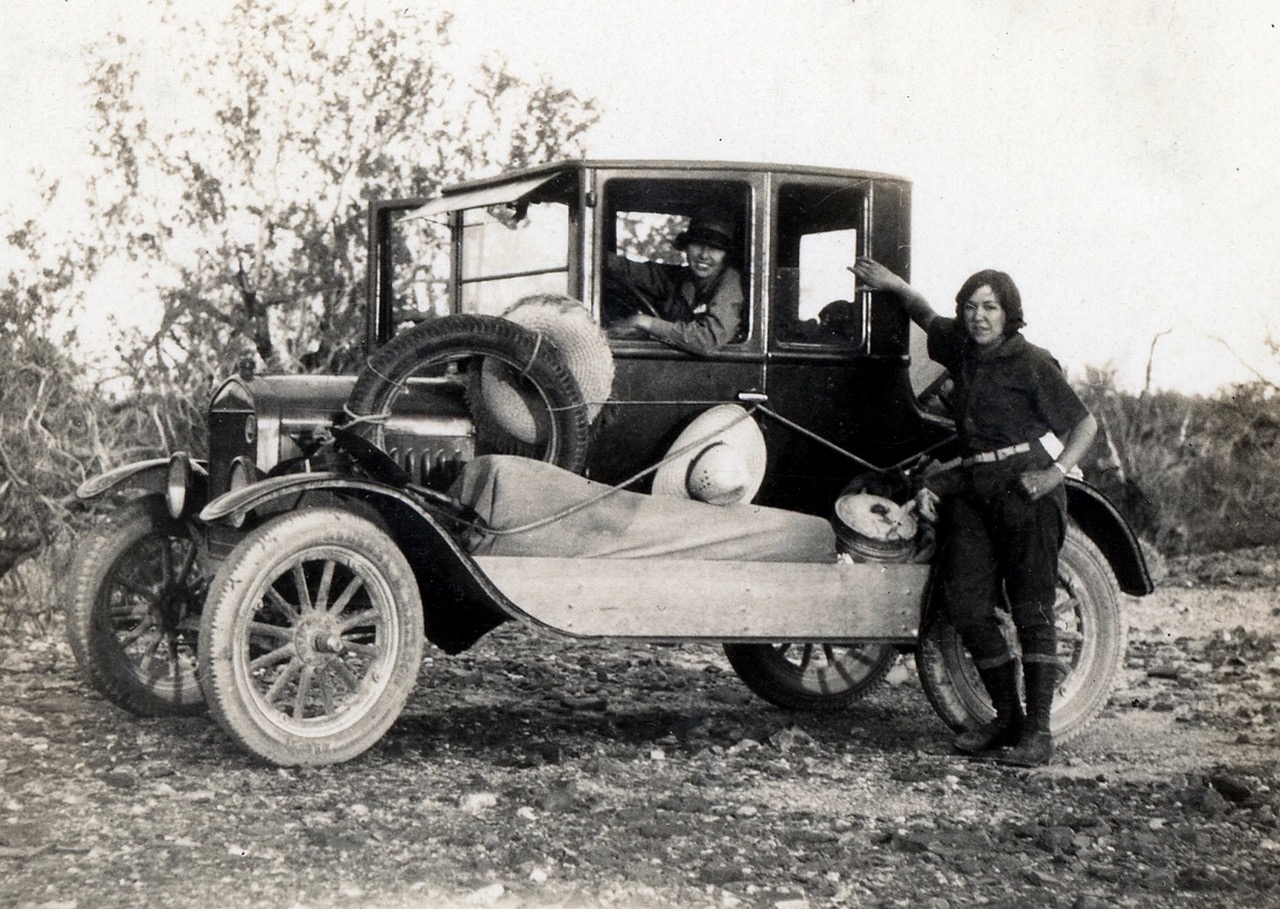
Unknown photographer. Warner Graves Collection.
This exhibition features photographs from cousins Susie Keef Smith and Lula Mae Graves, who set out to photograph the remote desert east of California’s Salton Sea for postcard spinner racks. These self-taught documentary photographers traveled by burro, foot, and Ford though sandy washes and roadless canyons, armed with a .38 revolver and a large format camera. The pair documented prospectors, burro packers, aqueduct surveyors, and nomads in the desert. Postcards From Mecca presents a story of two intrepid women in the 1920s-30s, an untapped desert wilderness, and their adventures within it.
Postcards from Mecca is based on the book edited by Ann Japenga and Warner V. Graves III, originated at the La Quinta Museum, and is traveled by Exhibit Envoy.

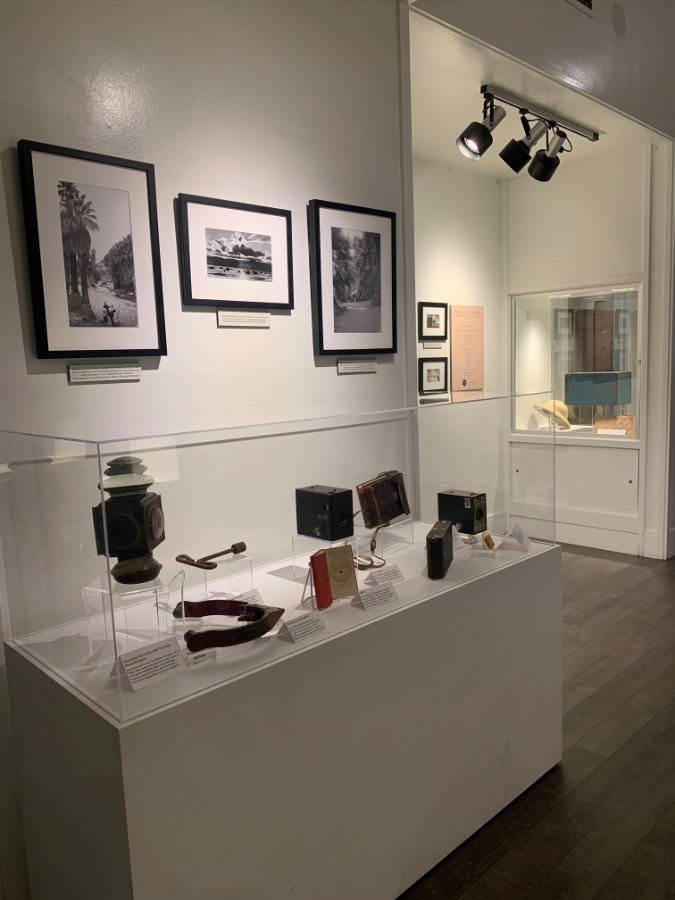
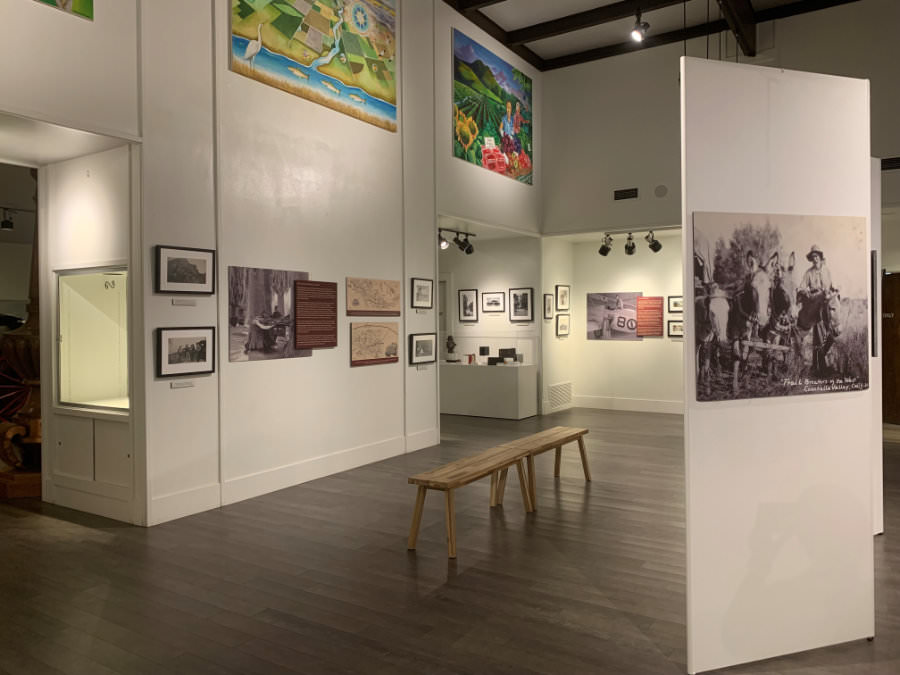
The 2026 Sutter Buttes Regional Calendar Exhibit

This exhibit celebrates and shares the work of photographers chosen for inclusion in the 2026 Sutter Buttes Regional Calendar. The annual calendar is a fundraiser for the Sutter Buttes Regional Land Trust, a 501(c)(3) nonprofit. The land trust works to protect and maintain the natural and agricultural resources of the Sutter Buttes and the surrounding region for present and future generations.
Voyage to Vietnam: Celebrating the Tết Festival

Step into the magic of Voyage to Vietnam: Celebrating the Tết Festival — a fun, hands-on adventure perfect for kids & families!
Explore the sights, sounds, & traditions of one of Vietnam's most exciting holidays. Try on a giant lion dance mask, shop at the play marketplace, & create your very own fireworks display. Come celebrate Vietnamese culture & experience the joy of the Tết Festival together!
Voyage to Vietnam: Celebrating the Tết Festival was created and is circulated by Children's Discovery Museum of San Jose. This traveling exhibition was made possible by local support from the Sutter County Children & Families Commission and Sutter County Museum Association.
¡Pleibol! In the Barrios and the Big Leagues / En los barrios y las grandes ligas

¡Pleibol! In the Barrios and the Big Leagues / En los barrios y las grandes ligas presents the experiences of Latinas/os whose love for the game and incredible talent changed baseball and transformed American culture. Throughout the last century, in the barrios and the big leagues, in rural backyards and on barn-storming travel teams, these trailblazers used baseball to chase their dreams, challenge prejudice and build communities.

¡Pleibol! In the Barrios and the Big Leagues / En los barrios y las grandes ligas is organized by the Smithsonian Institution Traveling Exhibition Service in collaboration with the National Museum of American History. This exhibition received generous support from the Cordoba Corporation and Linda Alvarado, and federal support from the Latino Initiatives Pool, administered by the National Museum of the American Latino.
The Willard Asylum Suitcases

In 1869, New York State opened the Willard Asylum for those in need of long-term psychiatric hospitalization. The Willard Asylum in rural upstate New York grew to hold several thousand patients, evolving in the 20th century to a modern psychiatric hospital.
Willard distinguished itself by having a particularly close relationship with the nearby communities. When it closed in 1995, an employee discovered over four hundred suitcases belonging to previous patients that were filled with objects from before and during their stays at Willard. The collection of cases dates from 1910 into the 1970s. Photographer Jon Crispin has been photographing at Willard regularly since the 1980s. His photographs of the Willard Asylum suitcases are an extremely rare and important look into the institutional lives of patients with mental illness. This exhibit presents visitors with the opportunity to see into the lives of the Willard residents, to discuss how our society dealt with mental health issues historically, and to learn about current approaches today.
2024
From Earthquakes to Epidemics: How Disasters Transform California's People and Places

Photograph by Floyd Winters. Courtesy Sutter County Library.
Living in California means living with natural disasters. This exhibit explores the impact of natural and manmade disasters in California - from fires to floods, from earthquakes to droughts, and from the 1918 flu to the Covid-19 pandemic. Revisit some of the infamous disasters in California's history through art, history, science, and objects. Artifacts on display include objects from local Yuba-Sutter floods housed in the Sutter County Museum collection and from the popular Simple Objects project by Christy Heron-Clark and Stephanie Taylor after the November 2018 Camp Fire in Paradise.
From Earthquakes to Epidemics is a traveling exhibition from Exhibit Envoy, a 501c3 nonprofit. This exhibition is advised by Dr. Juan Declet-Barreto, Climate Vulnerability Social Scientist at the Union of Concerned Scientists, and has been made possible in part by the National Endowment for the Humanities: Democracy demands wisdom.

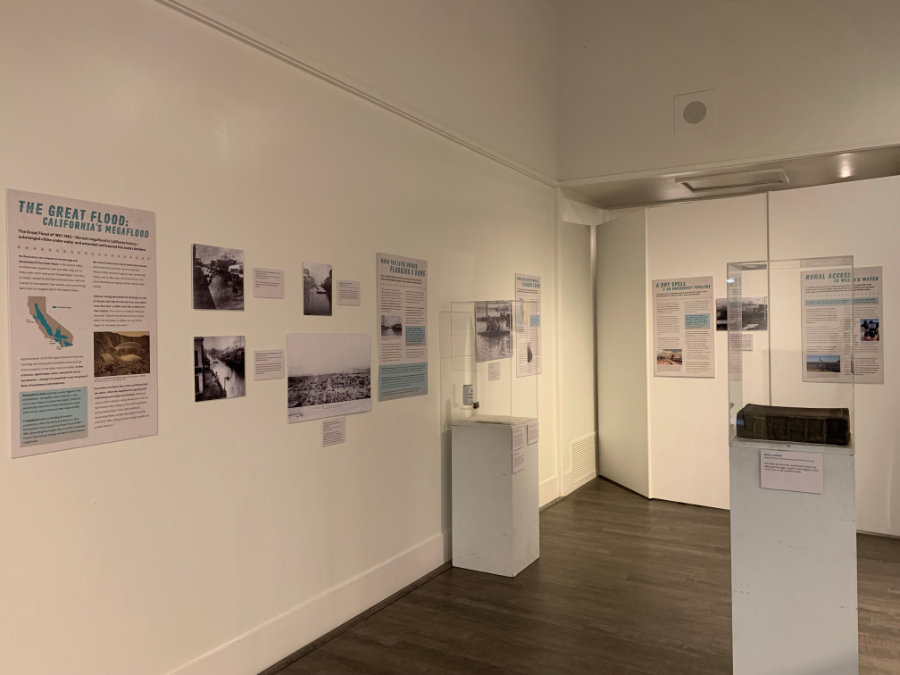
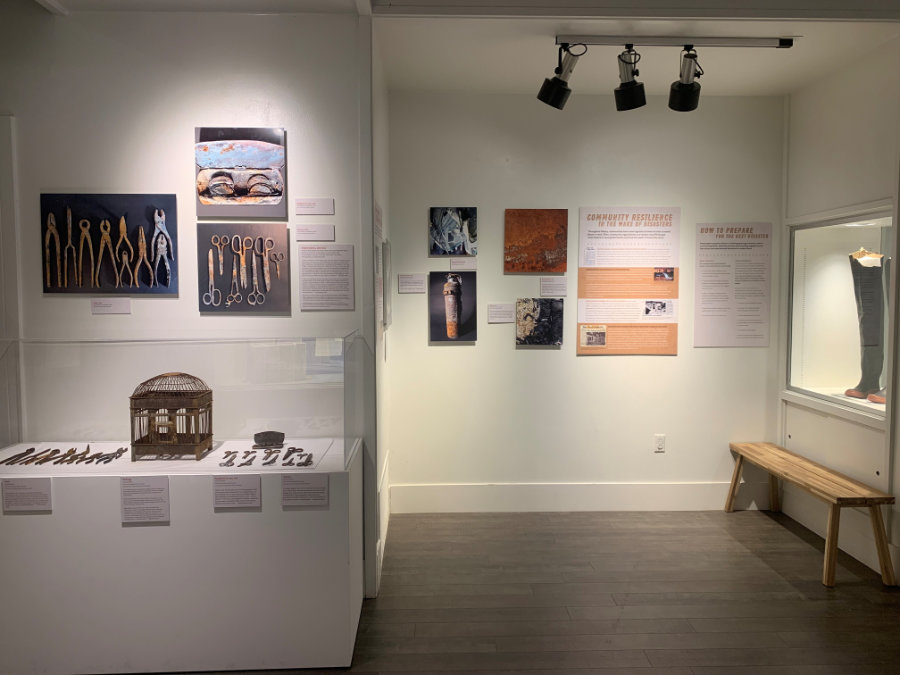
The 2025 Sutter Buttes Calendar Exhibit
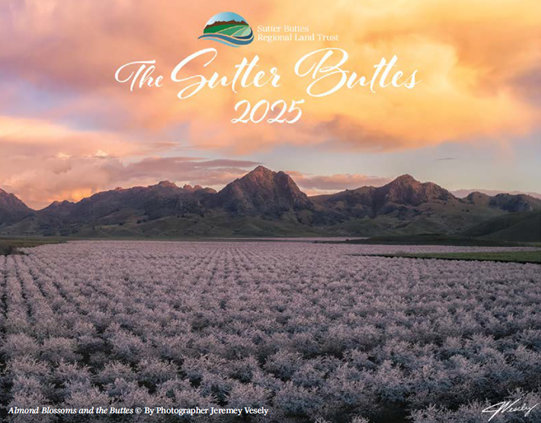
The calendar is an annual publication and fundraiser of the Sutter Buttes Regional Land Trust. This exhibit celebrates and shares the work of photographers chosen for inclusion in the 2025 Sutter Buttes Calendar.
Away From Home: American Indian Boarding School Stories
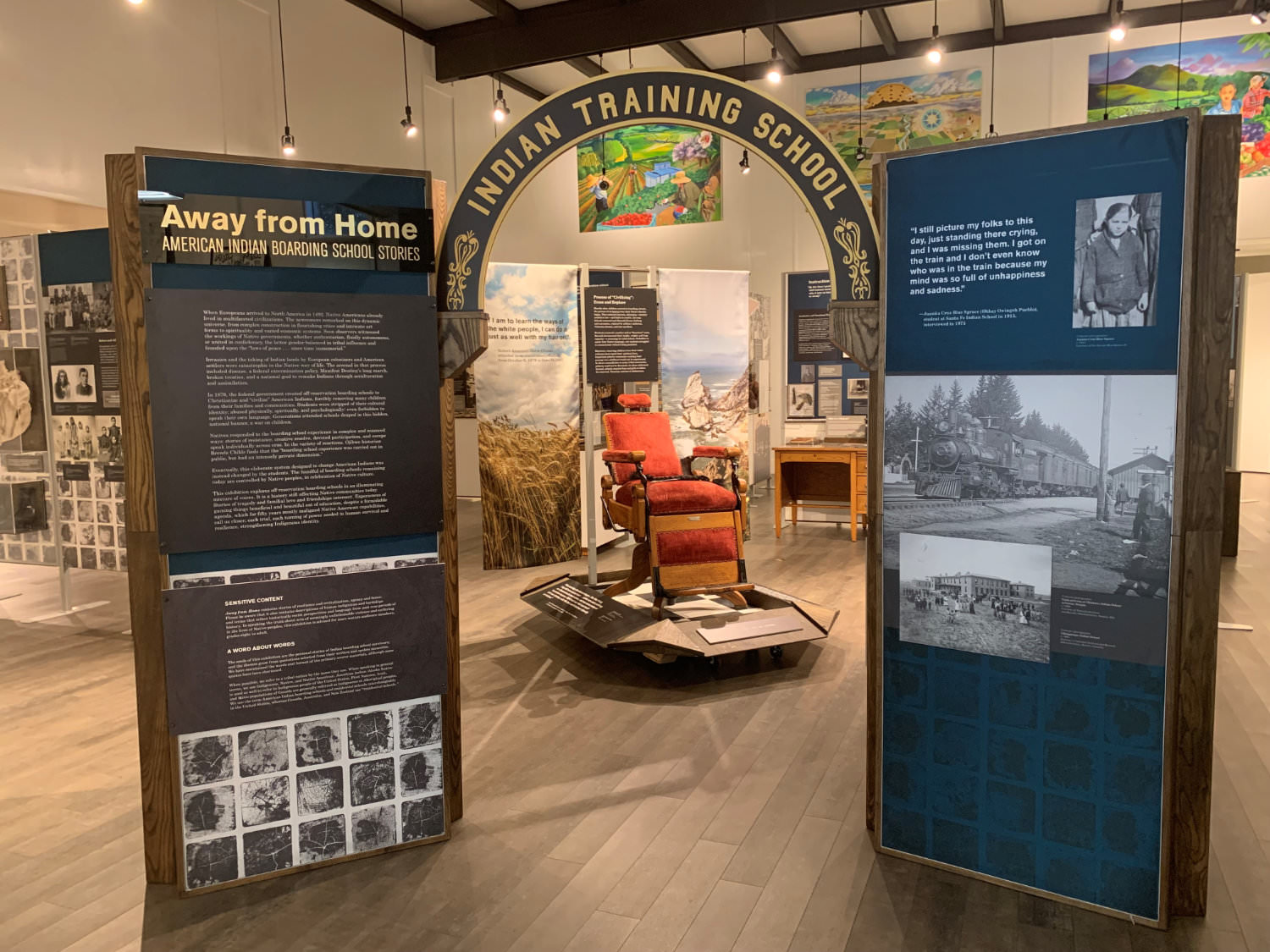
Beginning in the 1870s, the U.S. government attempted to educate and assimilate American Indians into “civilized” society by placing children—of all ages, from thousands of homes and hundreds of diverse tribes—in distant, residential boarding schools. Many were forcibly taken from their families and communities and stripped of all signs of “Indianness,” even forbidden to speak their own language amongst themselves. Up until the 1930s, many children went years without familial contact, and these events had a lasting, generational impact.
This exhibition explores off-reservation boarding schools through a variety of voices. Visitors will experience photographs, artwork, interviews, interactive timelines, objects, and immersive environments. As the stories of tragedy and familial love and friendships intersect, discover how people succeeded through challenges and strengthened Indigenous identities.
Please note: Away From Home contains stories of resilience and revitalization, agency and honor. Please be aware that it also contains descriptions of human indignities and hardships and terms that reflect historically racist perspectives and language from past eras. In speaking the truth about acts of violence and suffering in the lives of Native peoples, some content in this exhibition is advised for more mature audience members, grades eight to adult.
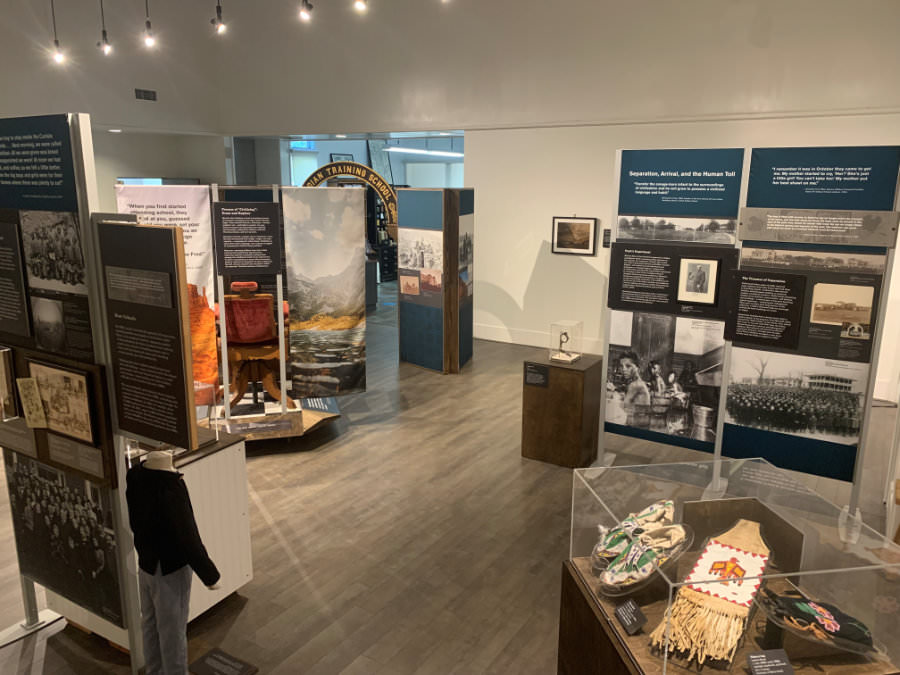
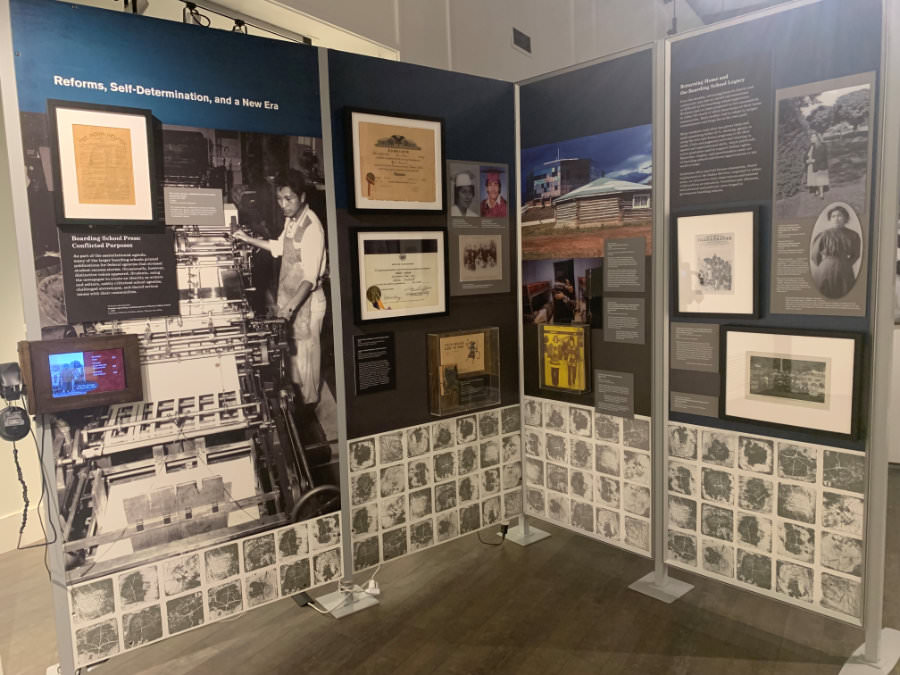

This exhibition was adapted from the permanent exhibition of the same title, organized by the Heard Museum in Phoenix, Arizona. Both exhibits were supported by the National Endowment for the Humanities. It is brought to you by Mid-America Arts Alliance, The National Endowment for the Arts, and The Chickasaw Nation.
Transitions: Art of the Sutter Health Children's Bereavement Group
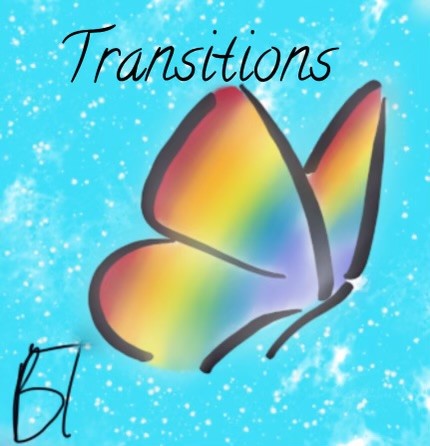
Death is an inevitable, painful part of life that becomes a difficult journey to experience. Just as a butterfly emerges from different stages, such as caterpillars, cocoons, and eventually butterflies, so are grieving children and teens as they emerge from the pain of grief and loss and start to transition from the stages of grief (sadness, anger, denial, bargaining, and acceptance). The Sutter Health Children's Bereavement Group is a free community support group that is specially designed for children and teens to self-reflect and identify with peers who can support their journeys. The group provides creative expression through the integration of art; each piece of art is pulled from the heart and created with love, reflecting their innermost feelings through colors and creativity.
Transitions was developed by guest curator Ada Terry-Aina and the Sutter Health Children’s Bereavement Group. This special exhibit features art created by over 40 students participating in the free community support groups.
Her Side of the Story: Tales of California Pioneer Women

Illuminating the hardships, joys, and lives of female pioneers, Her Side of the Story: Tales of California Pioneer Women features 30 first-person accounts collected from women who traveled by land or sea to settle throughout California prior to 1854, including prior to California's statehood in 1850. Over 800 handwritten accounts from The Association of Pioneer Women of California were preserved and compiled in a single ledger, which is the starting point for this traveling exhibition. These personal memories, quotes, and photographs will be showcased along with local objects from the Sutter County Museum collection representing the area's pioneers.
Traveling exhibition Her Side of the Story: Tales of California Pioneer Women is the product of a partnership between the Society of California Pioneers and Exhibit Envoy.
2023
Gadgets Galore! Transforming the American Household
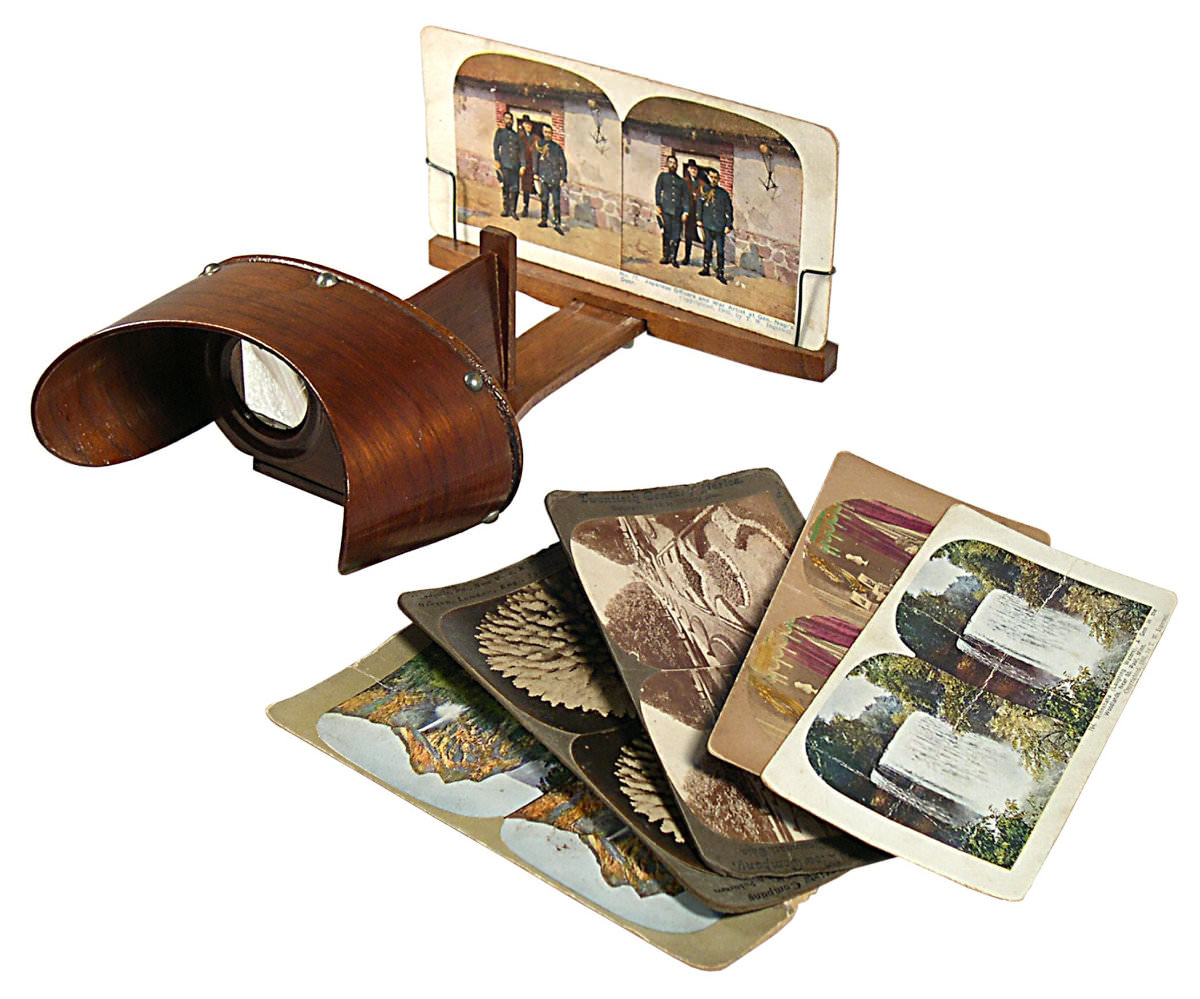
Gadgets are an important part of our everyday lives, and they are often objects that we take for granted. Take a closer look at historic household gadgets from the Sutter County Museum's collection and consider how the gadgets of yesteryear informed our modern technology. Stereoscopes, rug beaters, and strops? At one time, these gadgets were new inventions - the latest and greatest item, and something everyone wanted to own. Uncover the histories of these strange objects and how their invention led to the gadgets that are integral to our lives today!
Gadgets Galore! is a traveling exhibition for historic houses from Exhibit Envoy and Heather Farquhar. The exhibition is based on the initial iterations at the Hayward Area Historical Society and Los Altos History Museum.
The 2024 Sutter Buttes Calendar Exhibit

The calendar is an annual publication and fundraiser of the Sutter Buttes Regional Land Trust. This exhibit celebrates and shares the work of photographers chosen for inclusion in the 2024 Sutter Buttes Calendar.
Potter the Otter: A Healthy Adventure

Based on the popular children's book series Potter the Otter, published by First 5 Santa Clara County, this hands-on, interactive exhibit was developed especially for kids 5 and under and their families. Visitors can explore at the market, cook in the play kitchen, enjoy swan races, and play in the crawlers' garden in this interactive, STEAM-based experience. Join Potter this summer at the Museum to play and learn on your very own healthy adventure!
Potter the Otter: A Healthy Adventure was developed by the Children's Discovery Museum of San Jose. This traveling exhibition was made possible by a grant from First 5 Santa Clara County and local support from the Sutter County Children & Families Commission.
Unbroken Traditions: Basketweavers of the Meadows-Baker Family in Northern California

Basketry traditions are often passed down through generations, with basketweavers incorporating their own personal and cultural connections to the land. The baskets featured in this exhibit were made by several generations of women from the Meadows-Baker family. Many members were Mountain Maidu, and their baskets drew from a deep understanding of ecology, incorporated intricate weaving techniques, and employed creative and meaningful design elements.
Unbroken Traditions is an exhibit developed by the Valene L. Smith Museum of Anthropology at California State University, Chico by faculty, staff, and students in the university's museum studies courses. The baskets on display in this exhibition were generously loaned to the Sutter County Museum by the Kurtz family.
Chinese Pioneers: Power and Politics in Exclusion Era Photographs

California Historical Society Collection.
This temporary exhibit explores the social, political, and judicial disenfranchisement of Chinese Californians, as well as moments of Chinese agency and resilience, in the decades before and after the 1882 Chinese Exclusion Act.
Chinese Pioneers is an exhibit by the California Historical Society and is touring through Exhibit Envoy. Institutional support provided by San Francisco Grants for the Arts and Yerba Buena Community Benefit District. The Henry Mayo Newhall Foundation generously supported the first 6 bookings of this exhibition.
2022
Beauty and the Beast: California Wildflowers and Climate Change
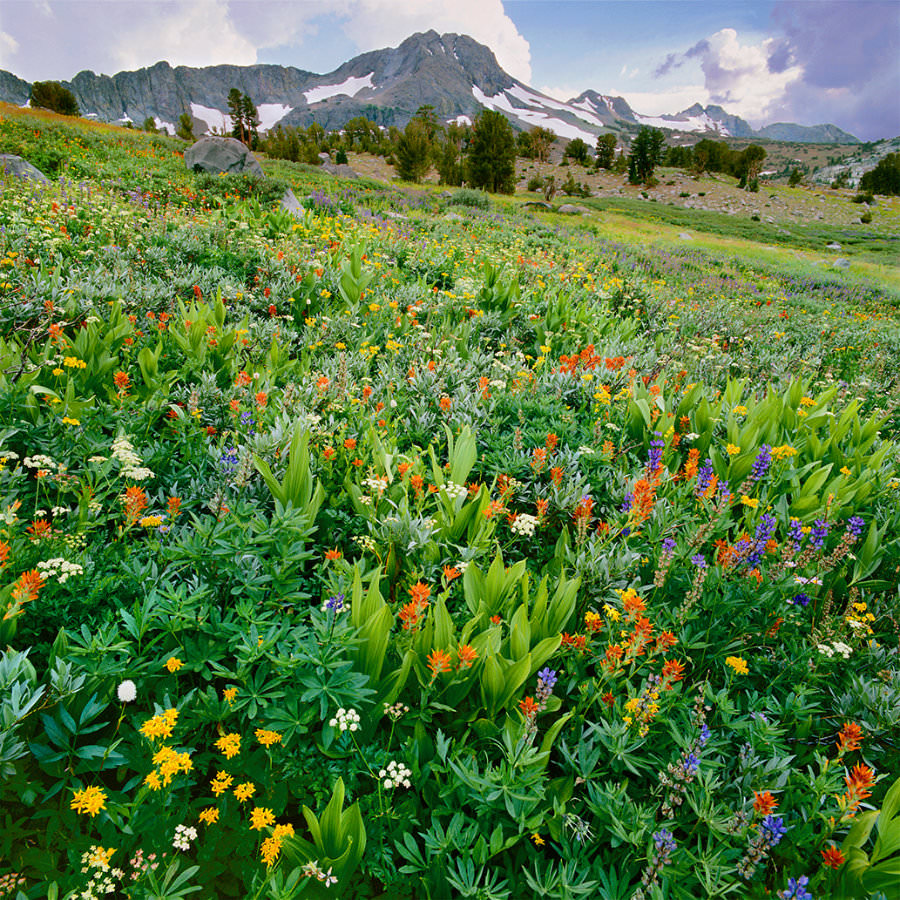
Photograph by Rob Badger and Nita Winter
Breathtaking photographs address climate change and its effect on a universal symbol of beauty: the wildflower.
The 2023 Sutter Buttes Calendar Exhibit
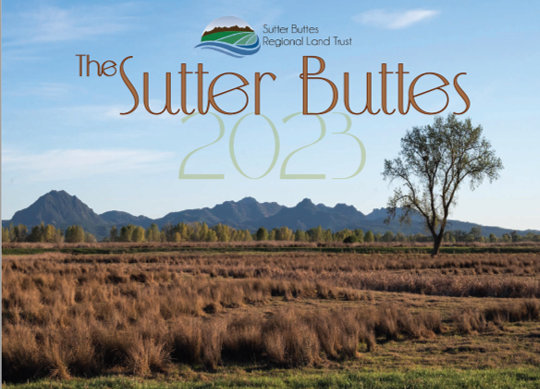
The calendar is an annual publication and fundraiser of the Sutter Buttes Regional Land Trust. This exhibit celebrates and shares the work of photographers chosen for inclusion in the 2023 Sutter Buttes Calendar.
The Newest Americans: New Citizens Reflect on What America Means to Them
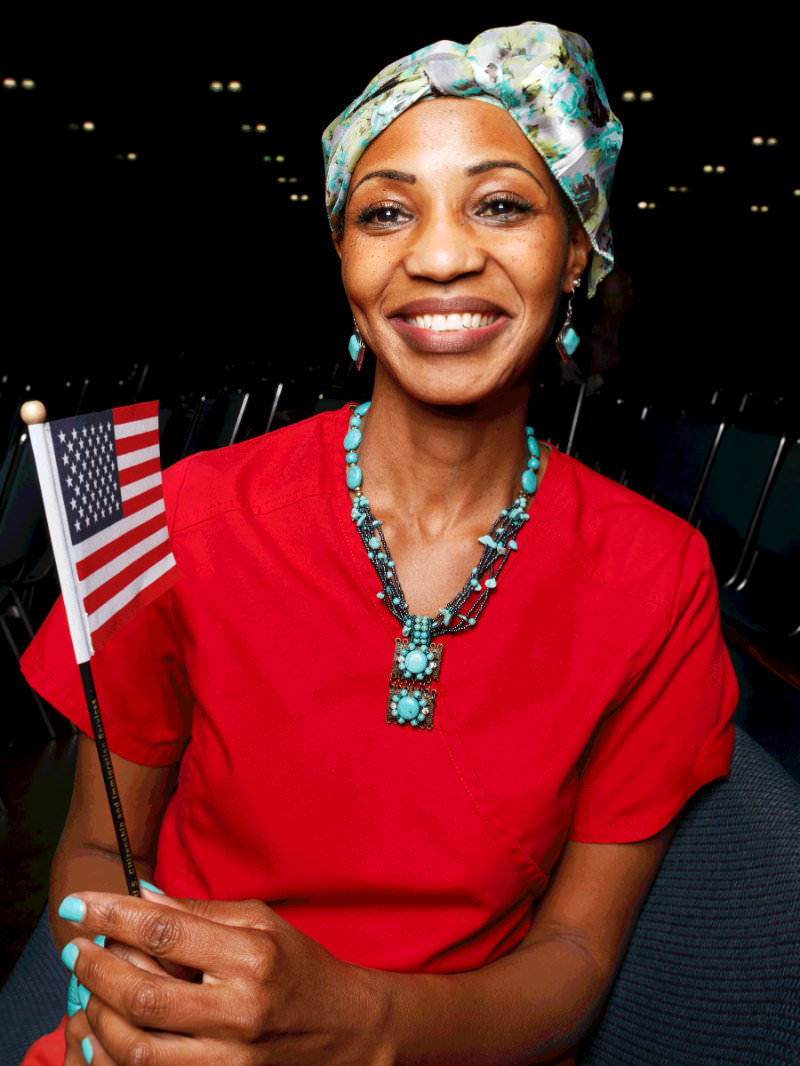
The Newest Americans features 29 portraits by Sam Comen and interviews by Michael Estrin, capturing the experiences of immigrants from 23 countries of origin and promoting discussion on America's legacy as a nation of immigrants.
Disrupted Life: Replica Barrack from the Tule Lake Internment Camp

Disrupted Life discusses anti-immigration sentiments in the United States and the executive order by President Franklin Roosevelt in 1942 that ordered the relocation of Japanese Americans to internment camps like the Tule Lake Relocation Center in northern California. The exhibit includes a replica barrack to demonstrate what daily life was like at the Tule Lake Internment Camp.
2021
She Sang Me A Good Luck Song
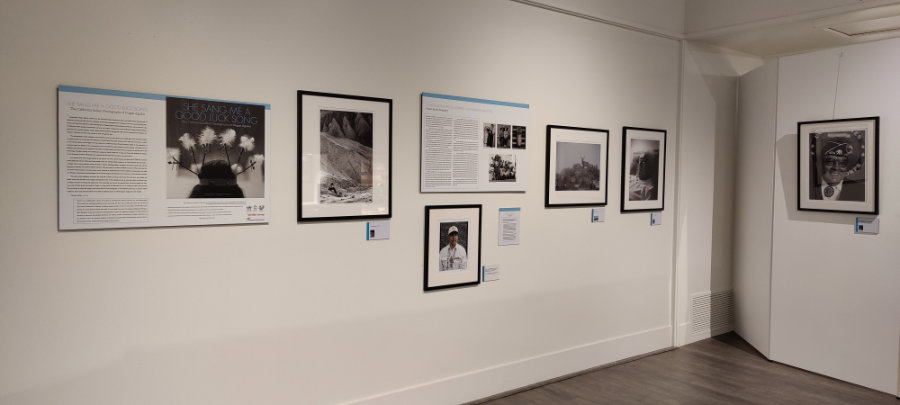
She Sang Me A Good Luck Song: The California Indian Photographs of Dugan Aguilar is an exhibition revealing the richness and vibrancy of Native California cultures as Aguilar (Mountain Maidu/Pit River/Walker River Paiute) speaks his heart through his photography.
The 2022 Sutter Buttes Calendar Exhibit

The calendar is an annual publication and fundraiser of the Sutter Buttes Regional Land Trust. This exhibit celebrates and shares the work of photographers chosen for inclusion in the 2022 Sutter Buttes Calendar.
Steve Lim Artwork
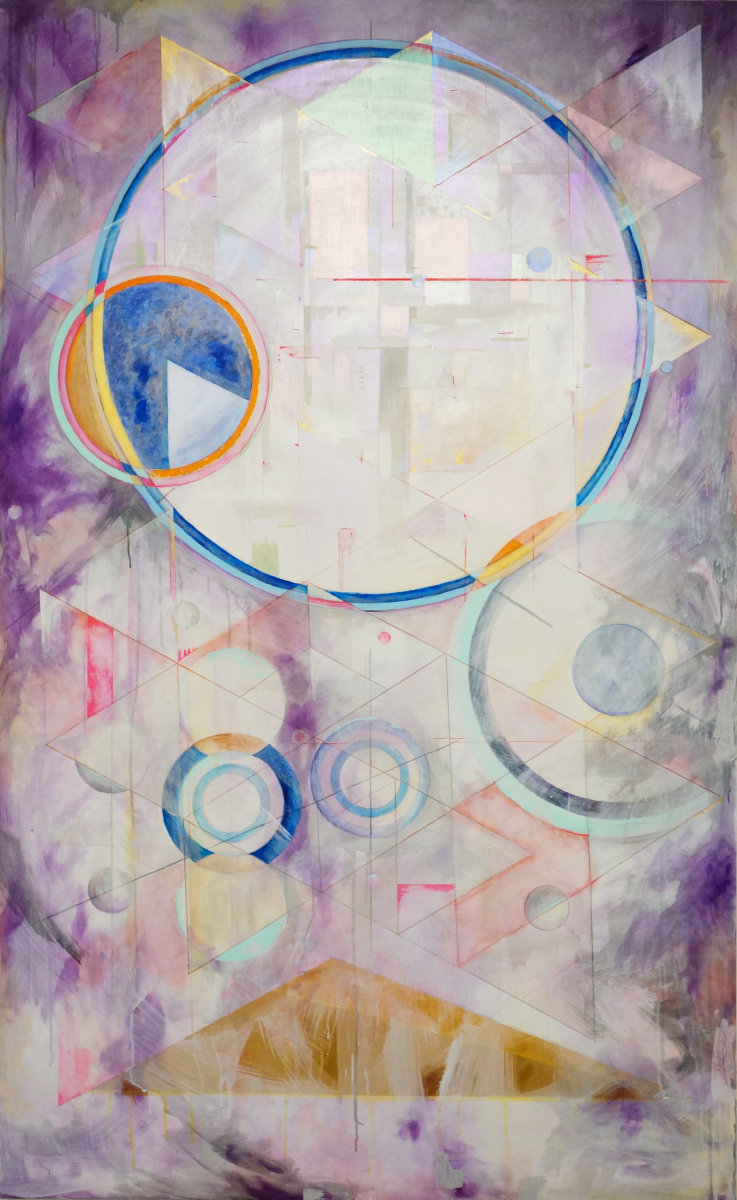
Steve Lim is a local artist, born and raised in the Yuba-Sutter area. A hidden gem, his artwork has not been exhibited much until the last few years. Proficient in a variety of mediums, Lim’s work is always surprising.
Wherever There’s A Fight: A History of Civil Liberties in California

Credit: Courtesy of Security Pacific Collection, Los Angeles Public Library
Spanning the period from the Gold Rush to the post-9/11 era, the exhibition tells the stories of brave individuals throughout California who stood up for their rights in the face of social hostility, physical violence, economic hardship, and political stonewallling.
Wherever There’s a Fight is a traveling exhibition from Exhibit Envoy, funded by California Humanities, a Searching for Democracy Project.
We Are Not Strangers Here: African American Histories in Rural California
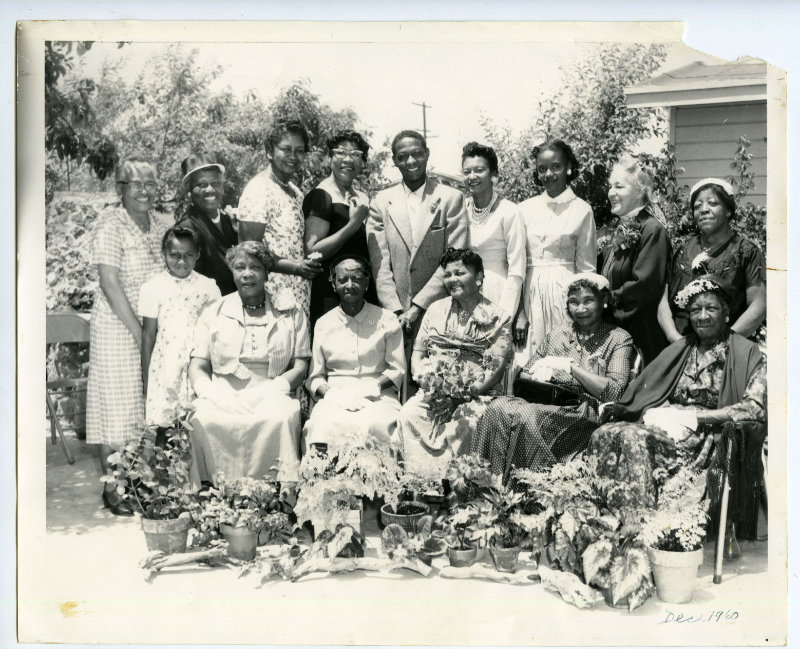
Starting during the Gold Rush and continuing through today, Black Californians have been part and parcel of rural areas. In this exhibit, little-known stories of African American farmers, ranchers, and rural residents challenge myths about California history.
We Are Not Strangers Here is a collaboration between the Cal Ag Roots Project at the California Institute for Rural Studies; the California Historical Society (Susan Anderson); Exhibit Envoy; and Dr. Caroline Collins, Post-Doc Researcher from UC San Diego. This project was made possible with support from California Humanities, a non-profit partner of the National Endowment for the Humanities, and the 11th Hour Project at the Schmidt Family Foundation.
2020
The 2021 Sutter Buttes Calendar Exhibit
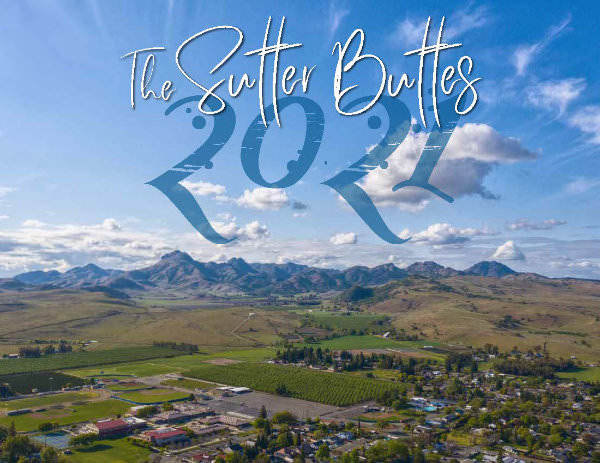
The calendar is an annual publication and fundraiser of the Sutter Buttes Regional Land Trust. This exhibit celebrates and shares the work of photographers chosen for inclusion in the 2021 Sutter Buttes Calendar.
Black and White in Black and White:
Images of Dignity, Hope, and Diversity in America

Courtesy of the Douglas Keister Collection.
The beginning of the 20th-century was a time of great promise and hope for race relations in America. This optimistic era was fueled by what was known at the time as the “New Negro Movement,” a period which set the stage for the Harlem Renaissance. No one better captured the essence of this time of advancement than African American photographer John Johnson.
Black and White in Black and White: Images of Dignity, Hope, and Diversity in America is curated by Douglas Keister, presented with support from California State University, Chico, and traveled by Exhibit Envoy.
In the Fields of the North / En los Campos del Norte

Photograph by David Bacon
Traveling with migrant workers as the fruit and harvest season moves from the Mexican border north to Washington state, In the Fields of the North / En los campos del norte reveals the stories of contemporary migrant farm workers on the West Coast. The exhibition attempts to shed light on some basic questions: How much do we know about the lives of the people who feed us? Where do they live? How does it feel to do some of the hardest repetitive labor imaginable? And, what answers do farm workers themselves have to end their poverty and endless migration?
In the Fields of the North is a series of evocative photographs accompanied by moving oral narratives - fully translated into both English and Spanish - that take visitors into the contemporary world of migrant farm workers. Photographer and journalist David Bacon has spent over three decades documenting the lives of migrant workers and organizing with United Farm Workers, and this documentation has been used by FIOB and CRLA to advocate for the rights of migrants and farm workers. His book of the same name will be released by UC Press in May of 2017.
2019
Simple Objects: An Excavation
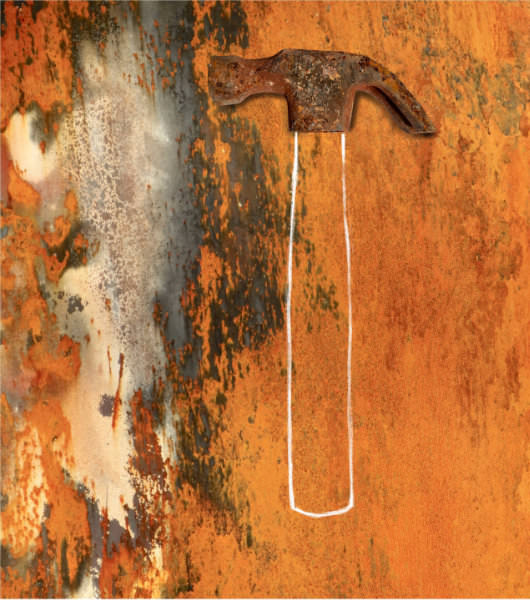
This exhibit is a collaboration between Sacramento artist Stephanie Taylor, who was born in Butte County, and writer Christy Heron-Clark, who was born and raised in Paradise. Together, the pair visited Christy’s two adjacent family homes in Paradise, after the Camp Fire, to find objects that might have survived. While Christy responds to these simple objects with recollections of her treasured childhood, Stephanie ponders each as it exists now, altered and transformed.
The exhibit is an installation of written recollections, photography, drawings, and rescued objects. It tells a story of the intimacy of personal loss and the impact of wildfire on communities. Simple Objects explores the concepts of what we retain when we lose, and how we can move forward with resilience.
The 2020 Sutter Buttes Calendar Exhibit
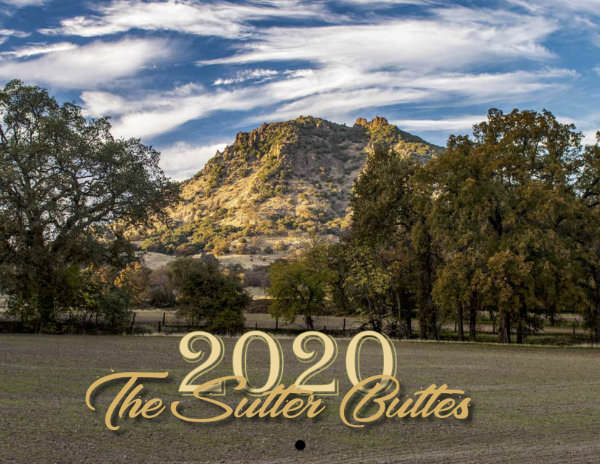
The calendar is an annual publication and fundraiser of the Sutter Buttes Regional Land Trust. This exhibit celebrates and shares the work of photographers chosen for inclusion in the 2020 Sutter Buttes Calendar.
Frida Kahlo's Garden

Frida Kahlo (1907–1954) is considered one of the most significant artists of the twentieth century. Her body of work, consisting of some 250 paintings and drawings, is at once intensely personal and universal in scope, and relies heavily on the natural world. The exhibition Frida Kahlo’s Garden transports visitors to Kahlo’s garden to experience her world as she did.
This exhibition is made possible by NEH on the Road, a special initiative of the National Endowment for the Humanities. Frida Kahlo’s Garden is adapted from the exhibition, FRIDA KAHLO: ART, GARDEN, LIFE, organized by guest curator Adriana Zavala at The New York Botanical Garden. It was made possible with major funding from the Institute of Museum and Library Services, Karen Katen Foundation, The LuEsther T. Mertz Charitable Trust, MetLife Foundation, National Endowment for the Arts, National Endowment for the Humanities, New York State Council on the Arts with the support of Governor Andrew M. Cuomo and the New York State Legislature, and Gillian and Robert Steel. It was adapted and toured for NEH on the Road by the Mid-America Arts Alliance.
Scholastic Art Awards

Since 1923, the Scholastic Art & Writing Awards have recognized talented youth from around the country. Sutter County Museum is proud to be hosting the Scholastic Art Awards for 7 counties in Northern California. Students who earn the top level of award in the regional competition automatically move up into the national competition.
The Super Parents: Caring for Children with Special Needs

Photograph by Deanne Fitzmaurice
A new exhibition chronicling the constant care provided by families for their children with chronic medical conditions. Pulitzer Prize-winning photographer Deanne Fitzmaurice shadowed families living in 10 cities throughout California whose children have conditions ranging from type 1 diabetes to neurofibromatosis. The exhibition features her photographs, accompanied by first person descriptions from the “super parents” themselves, documenting a day in the life of their family.
The Super Parents: Caring for Children with Special Needs features photography by Deanne Fitzmaurice. The project was originated by the Lucile Packard Foundation for Children’s Health; Exhibit Envoy developed and travels the exhibition.
2018
Structures

This exhibit features the work of Michelle Andres, Paul Boehmke, Dolores Mitchell, Antony Montenino, Frank Ordaz, and Patris.
The 2019 Sutter Buttes Calendar Exhibit

The calendar is an annual publication and fundraiser of the Sutter Buttes Regional Land Trust. This exhibit celebrates and shares the work of photographers chosen for inclusion in the 2019 Sutter Buttes Calendar.
Natural Wanderment: Stewardship – Sovereignty – Sacredness

Matika Wilbur’s newest Project 562 collection Natural Wanderment: Stewardship – Sovereignty – Sacredness is an exhibition of Native American portraits and stories that honors and seeks to protect ancestral ways of life and lands in North America. Project 562 offers a creative relationship with people from 562+ Tribal Nations in the United States that builds cultural bridges, abandons stereotypes, and renews and inspires our national legacy.
Yuba College: 90 Years of Service

Yuba College opened its doors on September 13, 1927 on the corner of 7th and G Street in Marysville. From sharing a building with Marysville High School to building its own campus and expanding to other nearby counties, Yuba College has been part of the Yuba-Sutter area for 90 years. Come and celebrate the 90 years of history.
Scholastic Art Awards

Since 1923, the Scholastic Art & Writing Awards have recognized talented youth from around the country. Sutter County Museum is proud to be hosting the Scholastic Art Awards for 7 counties in Northern California. Students who earn the top level of award in the regional competition automatically move up into the national competition.
Tattooed and Tenacious
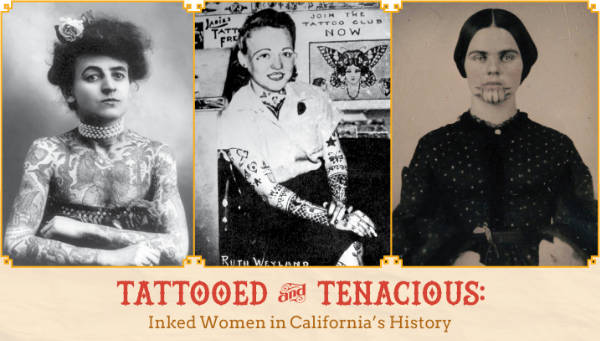
While many may think of tattoos as a recent trend, inked women have a long history in California. From the working-class Tattooed Ladies who performed in circus sideshows to the upper-class inked women who helped popularize the tattoo craze; visitors will discover the largely unknown history of women and tattoos through photographs, personal histories, and artifacts.
Permanent
Entrance Gallery Paintings
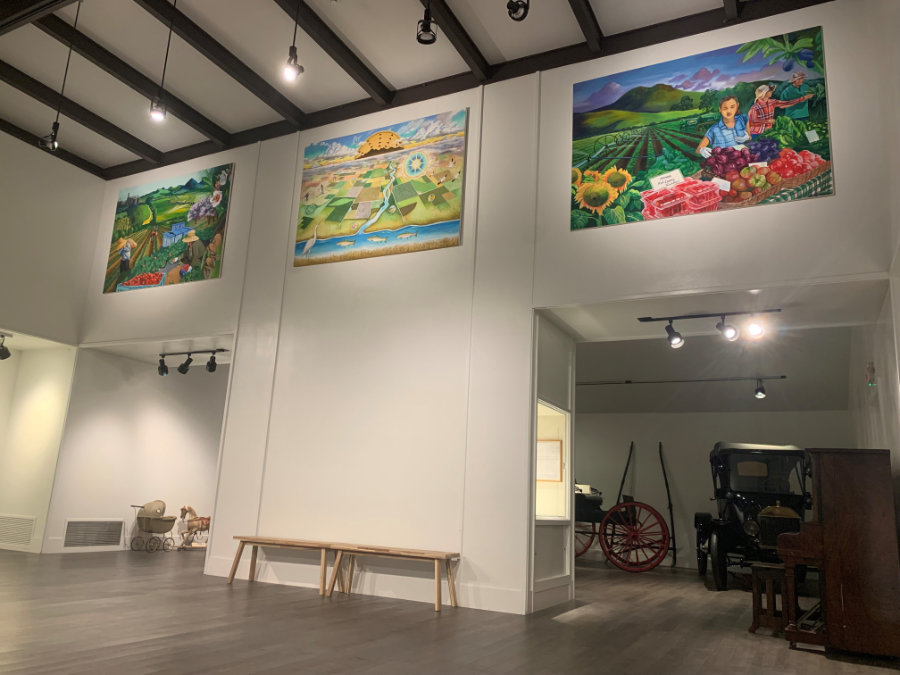
These are the first of ten paintings that will be commissioned and installed. Paintings visually welcome visitors to the Museum with vibrancy, creativity, and drama while showcasing the skill of local visual artists. These paintings serve as an introduction to exhibit themes and topics that are covered within the rest of the Museum. On display (left to right) are Working Together by Madelyne Joan Templeton, Jewel of the Valley by Nicolai Larsen, and Working to Better Our Land by Madelyne Joan Templeton.
Sutter Buttes
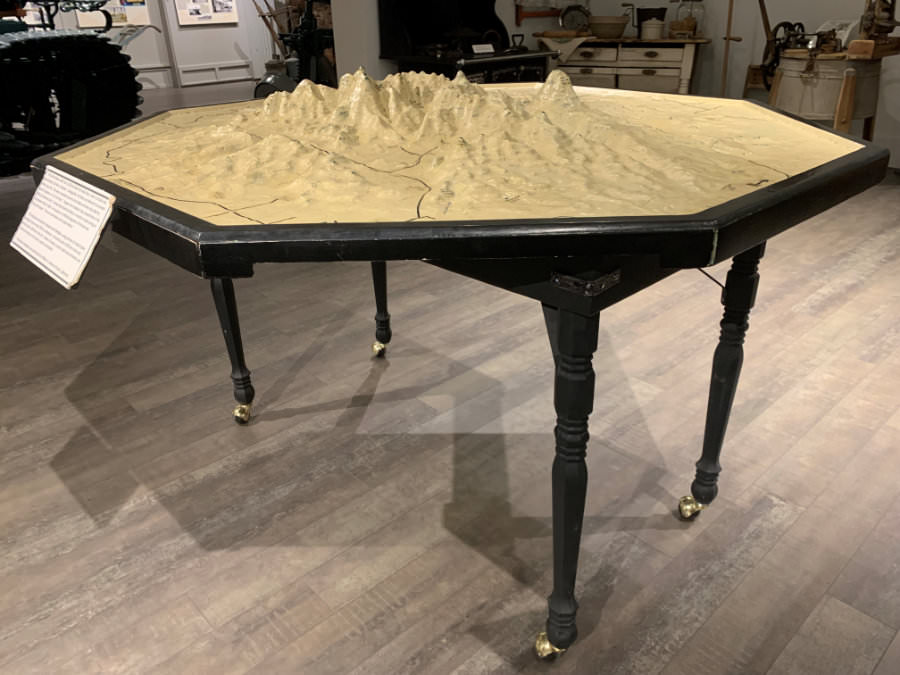
The 3D relief map of the Sutter Buttes allows for close study of the peaks, canyons, and valleys of this natural landmark in the Sacramento Valley. Built in the 1960s by William Greene, this handmade map is a favorite of many Museum visitors. The Sutter Buttes are volcanic peaks dating to 1.6 million years ago. They have been known by many names over time, from the indigenous Histum Yani, or “Mountains in the Middle”; to the Spanish Los Tres Picos, “the Three Peaks”; to the “Marysville Buttes". The nonprofit organization Middle Mountain Interpretive Hikes offers educational, guided hikes within the Sutter Buttes.
The Nisenan: A History of the Sacramento Valley

The Nisenan are indigenous Californians whose lands stretch from the Sacramento River to the western slope of the Sierra Nevada Mountains. They have called this region home for the entirety of their history. Nisenan means “from among us.” This exhibit tells the story of our region's Nisenan people, their history and cultural survival to the present. Created with tribal partners, The Nisenan: A History of the Sacramento Valley includes items specifically made for display at the Sutter County Museum.
Gold Rush & Westward Expansion

In 1848, John Sutter's workers discovered gold in the Sierra Nevada foothills. Within a year, 100,000 people from around the world flooded into California. Many immigrants to California became ranchers or farmers after traveling to the area during the Gold Rush and settling in the Yuba-Sutter area. This exhibit explores the effects of fur trappers from Hudson's Bay Company, hydraulic mining, the Gold Rush population boom, and the development of modern agriculture and their lasting impacts on the Yuba-Sutter landscape.
Yuba-Sutter Floods

Disastrous floods and fires are a significant part of the region’s past and present, due both to geographic features of the area and to human intervention over time. Through interactive displays, investigate major historic flooding events in Yuba-Sutter from 1825 – 1997, including the floods of 1907, 1940, 1955, 1986, and 1997, as well as extreme heat and wildfire risks. The exhibit also explores how we work together as a community to manage the rivers, prepare for living in a flood-prone area, and ensure that our society is resilient.

The Nisenan, Gold Rush & Westward Expansion, and Yuba-Sutter Floods exhibits were funded by the Specified General Fund for the Museum Grant Program under the California Cultural & Historical Endowment. Additional generous funding was provided by the City of Yuba City, the Sutter County Museum Association, and the United Auburn Indian Community of the Auburn Rancheria.
John Sutter
John Sutter, a Swiss immigrant, first began using land between the Sacramento and Feather Rivers for agriculture in 1841, between present-day Nicolaus and Yuba City. This farm, Hock Farm, was the first large-scale agricultural effort in what would become Sutter County.
Agriculture

The largest industry in the Sacramento Valley has always been agriculture. In the 1850s and ‘60s, wheat was the primary crop. In the 1880s, this shifted to peaches, which remained predominant until the 1920s. Sheep and cattle ranching were also widespread in the late 1800s. In 1908, rice replaced wheat as a staple crop in the Valley. Cherries, figs, and walnuts were also popular. Many agricultural innovations took place in Sutter County, including the development of the Thompson Seedless Grape in 1872, Proper Wheat in 1868, and the Phillips Cling Peach in 1888. Supporting businesses, such as canneries, were an integral part of this industry.
Multi-Cultural Gallery
This gallery was created to share the history and stories of diverse peoples with sizable populations in Yuba-Sutter. It includes exhibits on Black Americans, Chinese Americans, Hmong Americans, Japanese Americans, Mexican Americans, and Punjabi Americans.
From Barbers’ Row to Beale Air Force Base: Black History in Yuba-Sutter

In 1848, James Beckwourth improved a trail through the Sierra Nevada that led to Marysville, paving the way for thousands of emigrants to travel by covered wagon to California. During the Gold Rush, free Black pioneers settled in the area, enslaved people were brought to California by slaveholders, and, in the 20th century, many people arrived through Beale Air Force Base and military service. Black residents have established churches that serve the local community, built and operated successful businesses, and created celebrations for cultural and historic events. This permanent exhibit explores Black pioneers and their legacy in making a lasting impact on the local history of Yuba-Sutter. The exhibit is the result of a community effort, with special thanks to Gwen Ford from the Connecting Cultures Collaborative for serving as the project advisor.

This project was made possible with support from California Humanities, a non-profit partner of the National Endowment for the Humanities. Visit calhum.org.
Chinese American Exhibit

Many Chinese immigrants initially came to the region due to the Gold Rush and work opportunities from the railroad. Afterward, many turned to agriculture. The Chinese population in Sutter County grew from just two in 1860 to 274 by 1900. Many Chinese farmers leased or owned small acreages with more working on farms, orchards, vineyards, and in hop yards. Sutter County’s Chinese community often relied upon the Chinatown in Marysville that provided business, spiritual, and social resources. The exhibit is displayed to look like the kitchen of a Chinese farmer or ranch cook in Sutter County, c. 1900. This exhibition was made possible by the work of consultants Der Hsien Chang, Janice Nall, Jane Russell, and Gordon Tom, with special thanks to volunteers Patty Justus, Steve Justus, and Art Worledge.
Hmong American Exhibit

Many Hmong Americans reside in the Yuba-Sutter region. The Hmong were originally from Central China before expansion of Chinese civilization and repeated conflicts pushed the Hmong people to Southern China; further clashes drove many Hmong into Laos, Cambodia, or Vietnam. After the Vietnam War, many Hmong fled to Thailand beginning in the 1970s before immigrating to the United States and other nations. By 2010, the largest number of Hmong in the United States lived in California, especially in the Central Valley, with approximately 3,500 Hmong residents in Yuba-Sutter by 2020. This exhibit includes embroidery, jewelry, and other cultural objects. It was developed in partnership with Phillip Alvarado as his Eagle Scout Project.
Japanese American Exhibit
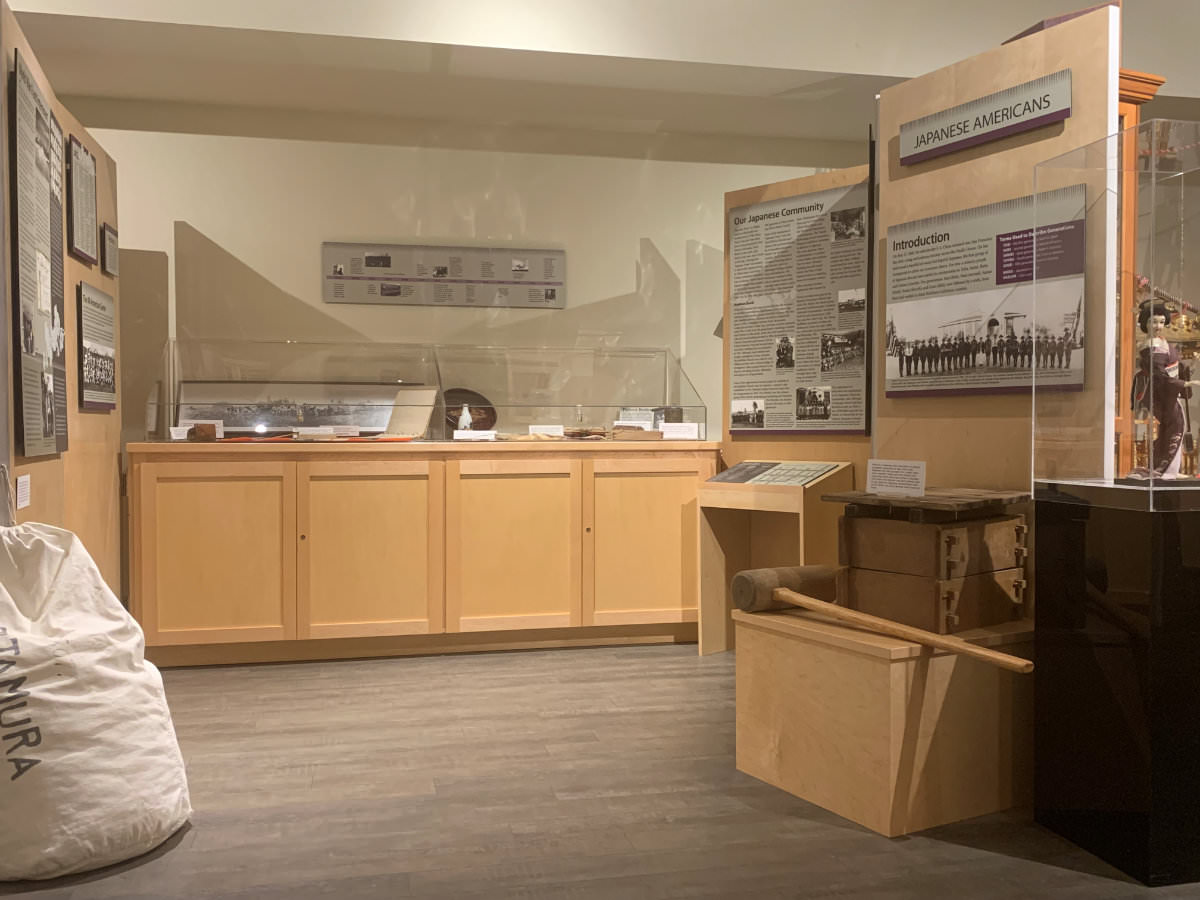
Japanese-owned business and farming operations were established in Yuba-Sutter by the 1890s, including near Yuba City. By 1906, 300 Japanese laborers worked at the Durst Hop Ranch near Wheatland. Japanese American farmers in the region made significant contributions in diversifying crops such as sugar beets, kiwi, persimmons, Fuji apples, nectarines, cherries, tomatoes, and asparagus. This exhibit, developed in partnership with the Marysville Chapter of the Japanese American Citizens League, explores historical topics such as farming, the Japantown in Marysville, and the community, including the Buddhist Church in Marysville, Japanese-owned businesses, and baseball. On display are local objects related to daily life, farming, and the history of Japanese American internment during World War II.
Mexican American Exhibit

Although John Sutter relied heavily on Mexican vaqueros for his ranching operations at Hock Farm, careful analysis of the U.S. Census records reveals that there were very few Mexicans and people of Mexican descent in the Yuba-Sutter region until the Bracero Program that began in 1942. The Bracero Program was created by the U.S. and Mexican governments to bring in agricultural and railroad laborers from Mexico, with the agricultural program continuing until 1964. Since then, immigration from Mexico has continued until today, with approximately 29% of the Sutter County population listing Mexican or of Mexican descent by the 2020 census. This exhibit, developed in partnership with the local Alliance for Hispanic Advancement, features household objects, kitchen items, and clothing.
Punjabi American Exhibit

Punjabi Americans began migrating to California from India in the late 1800s and early 1900s. Punjab translates to “the land of the five rivers” and references the rich agricultural land of the Punjab region. Sutter County offered similar farming opportunities, leading to immigration to the area with the ability to farm crops that were familiar to many Punjabi families. The growing number of Sikh residents led to the need for a local place of worship, and the Gurdwara Sikh Temple opened in 1969. This exhibit was developed in partnership with the local Punjabi American Heritage Society and includes objects such as fulkaari embroidery, household objects, items associated with immigration to California, and a display on the Sikh wedding attire and ceremony. To learn more about Punjabi Pioneers in America, visit https://punjabipioneersusa.com/.

